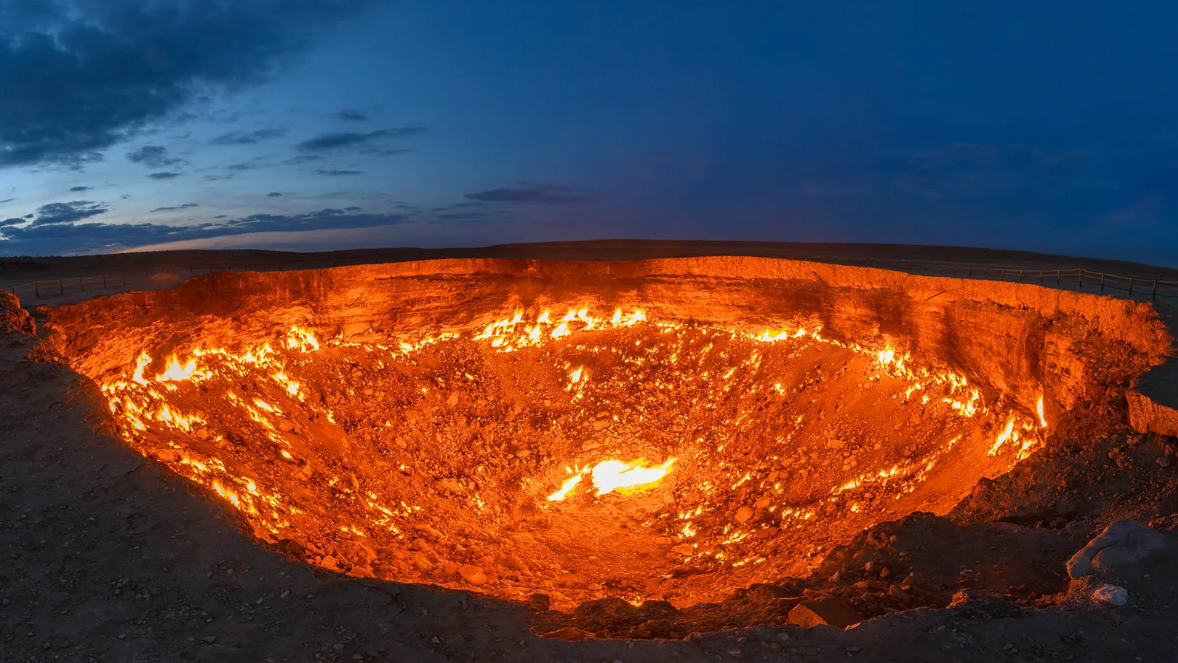
© BBC Travel
Pre-reading questions
I will read each question. Then, please answer them.
講師がそれぞれの質問を読むので答えましょう。
- Do you like exploring new places?
- What place are you interested in visiting the most?
Vocabulary
I will read the words, meanings, and sample sentences. Then, repeat after me.
単語、意味、例文を読みます。講師に続いて音読しましょう。
- suddenly /SUH-duhn-lee/
- expedition /ek-spi-DISH-uhn/
- directly /dih-REKT-lee/
- edge /ej/
- mystery /MIS-tuh-ree/
[adverb] – quickly and unexpectedly
The weather suddenly turned bad.
[noun] – an organized journey for a particular purpose
They prepared themselves for the expedition.
[adverb] – without anything else being involved or in between
Let’s go directly to the bookstore.
[noun] – the outer or furthest point of something
Mae lives by the edge of the forest.
[noun] – something strange or not known that has not yet been explained or understood
Nobody knows how to solve the mystery.
Article reading
Please read the whole article. Then, I will check your pronunciation and intonation.
記事を音読しましょう。講師はあなたの発音とイントネーションを確認します。
More than 40 years ago, the big, flaming Darvaza Crater suddenly appeared in the northern Turkmenistan desert. Commonly known as the “Door to Hell,” it’s a strange sight in the middle of what is now empty land.
Storm chaser and explorer George Kourounis went on an expedition in November 2013 to explore the crater’s 225-foot (69-meter) width and 99-foot (30-meter) depth for the first time. He describes the setting as being like a scene from a science fiction film. There’s nothing else in the flaming hole, but a heat blast prevents anyone from even looking directly into the wind. You must stand at the edge of the crater and cover your face with your hand. Kourounis refers to the crater as the “colosseum of fire”, and it makes you feel extremely small and helpless while in it.
Some say that the Darvaza Crater was created when Soviet scientists set it on fire to release deadly gases. But information on the Internet is slightly different from what the local geologists informed Kourounis. It remains a mystery.
Storm chaser and explorer George Kourounis went on an expedition in November 2013 to explore the crater’s 225-foot (69-meter) width and 99-foot (30-meter) depth for the first time. He describes the setting as being like a scene from a science fiction film. There’s nothing else in the flaming hole, but a heat blast prevents anyone from even looking directly into the wind. You must stand at the edge of the crater and cover your face with your hand. Kourounis refers to the crater as the “colosseum of fire”, and it makes you feel extremely small and helpless while in it.
Some say that the Darvaza Crater was created when Soviet scientists set it on fire to release deadly gases. But information on the Internet is slightly different from what the local geologists informed Kourounis. It remains a mystery.
True or False:
Read the sentences and identify if they are true or false based on the article.
文章を読んで、記事に基づいて正誤を答えましょう。
- The Darvaza Crater suddenly appeared more than 40 years ago.
- George Kourounis went on an expedition to the Darvaza Crater in November 2013.
- The crater is 225-foot high and 30-foot wide.
- Kourounis calls the crater the “colosseum of wind”.
- According to some, the Darvaza Crater was created when Soviet scientists set it on fire.
Fill in the blanks
Choose the correct word from the table then fill in the blanks.
適切な言葉を選んで空欄を埋めましょう。
| suddenly | expedition | directly | edge | mystery |
- Stay away from the _______ of the cliff. It’s not safe.
- This narrow passage leads you _______ to the garden.
- What happened after that remains a _______.
- The lights _______ went out during the storm.
- They set up an _______ to Mt. Everest.